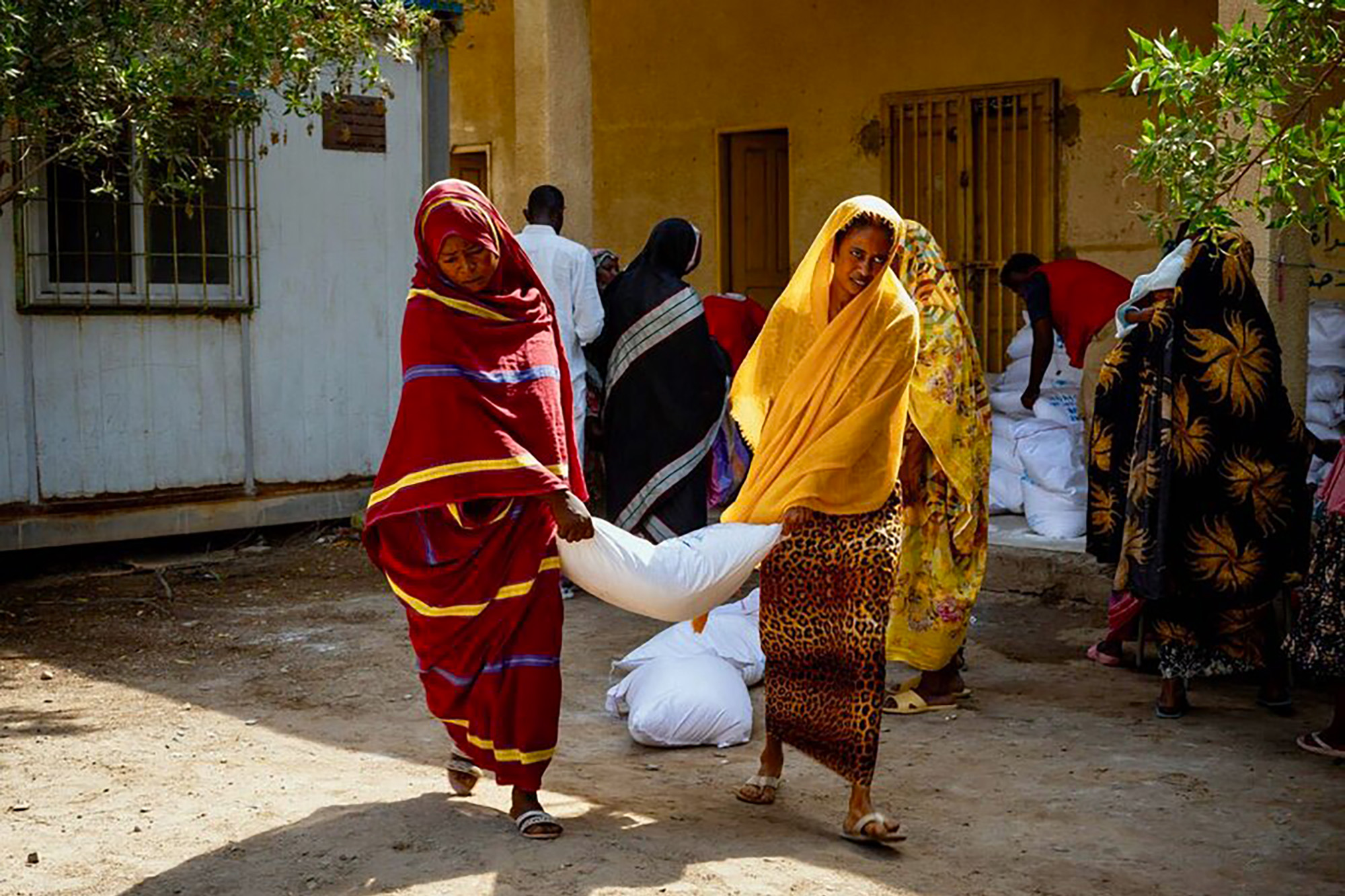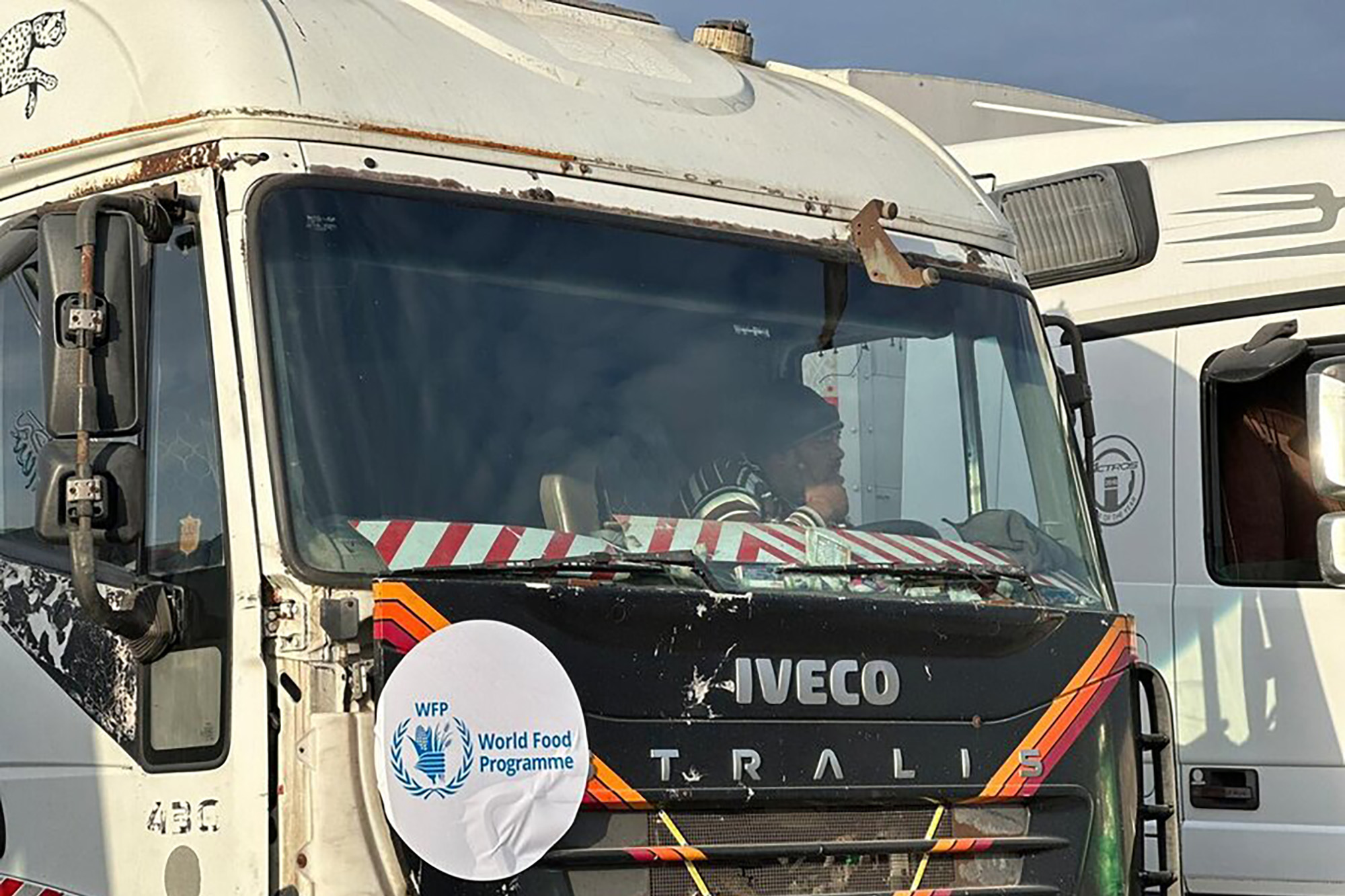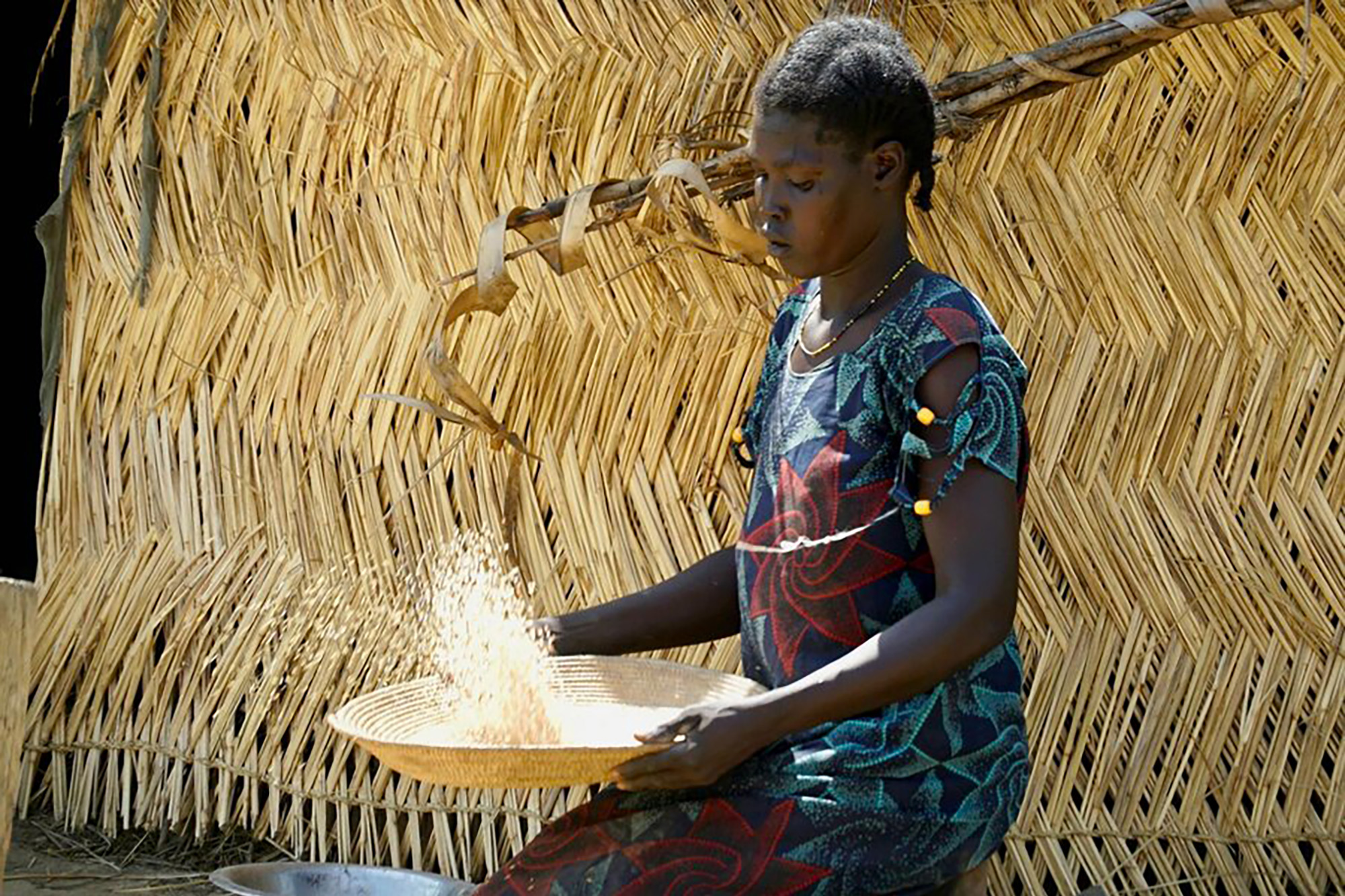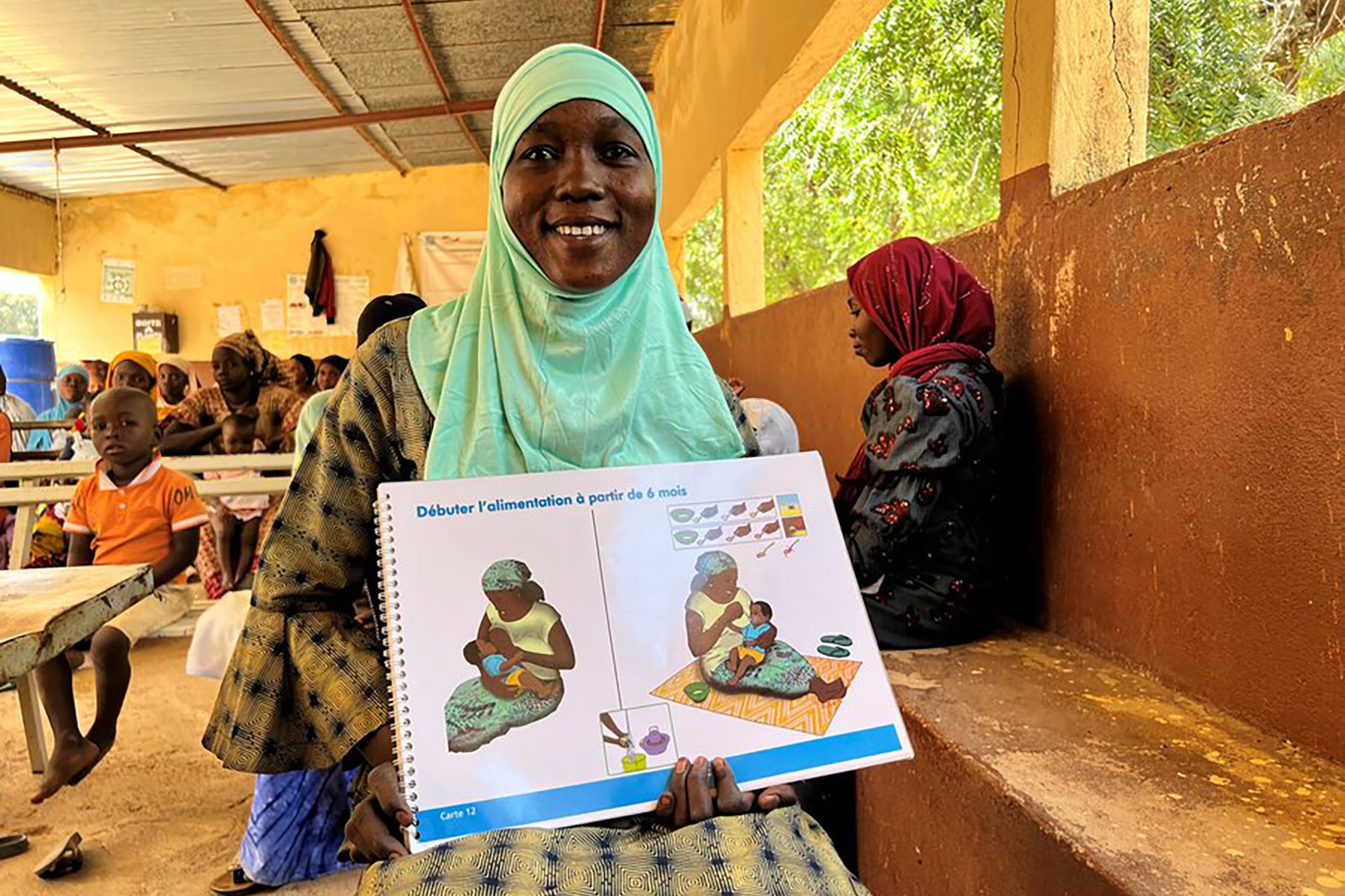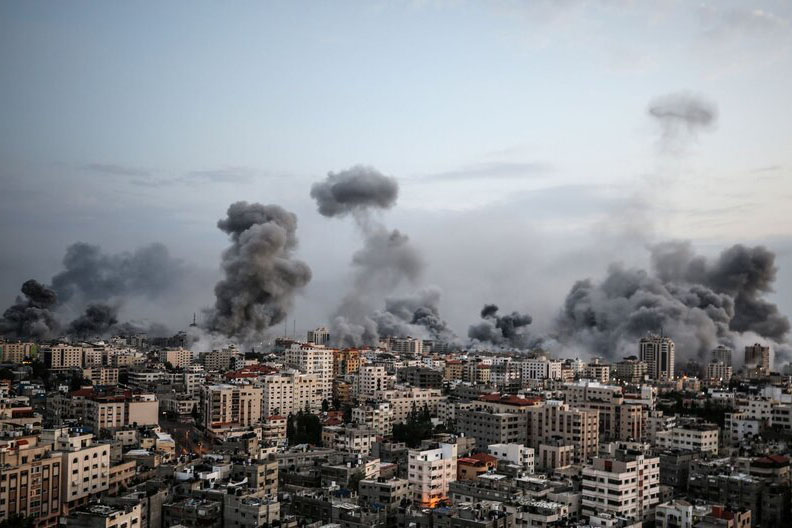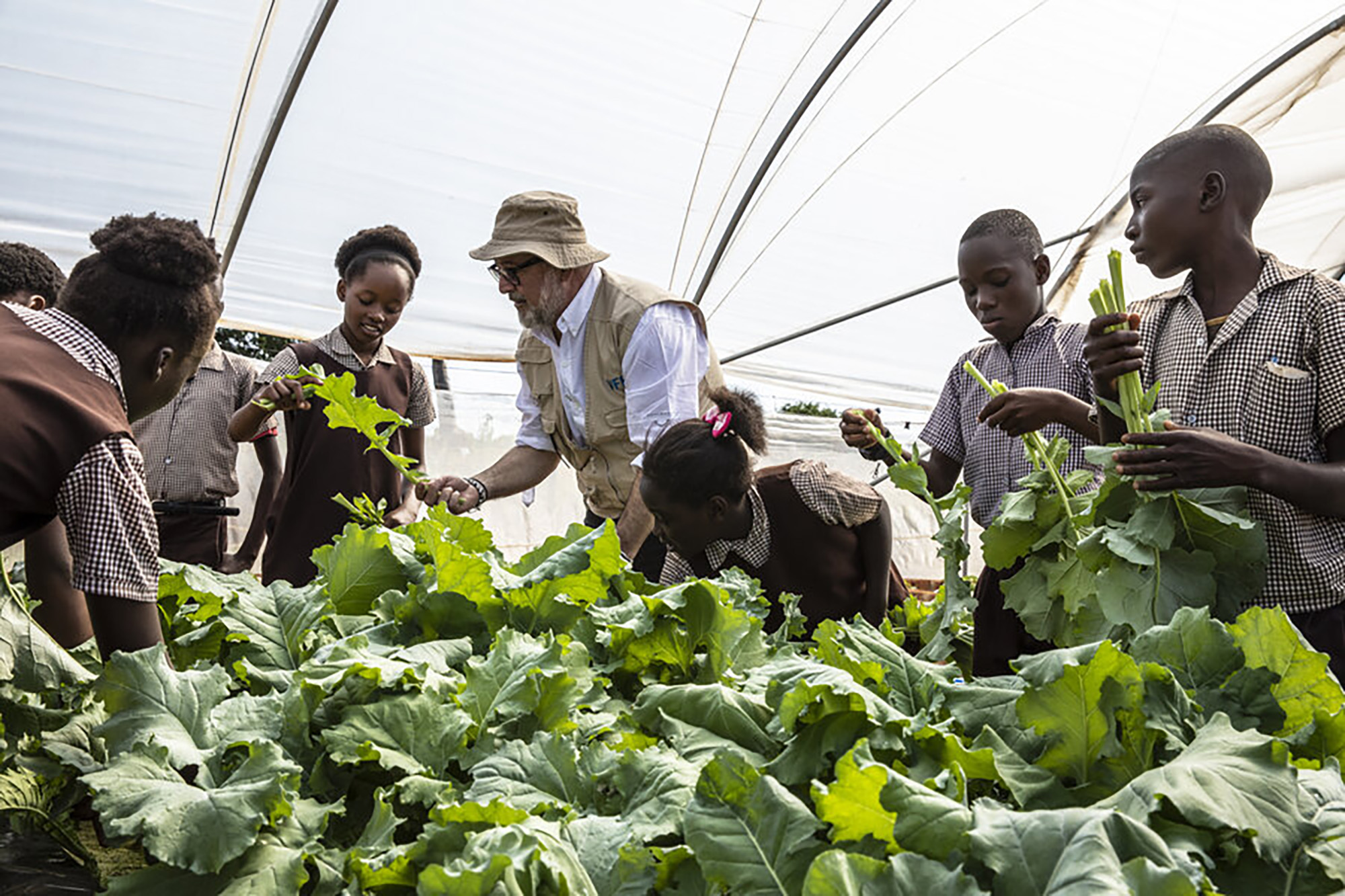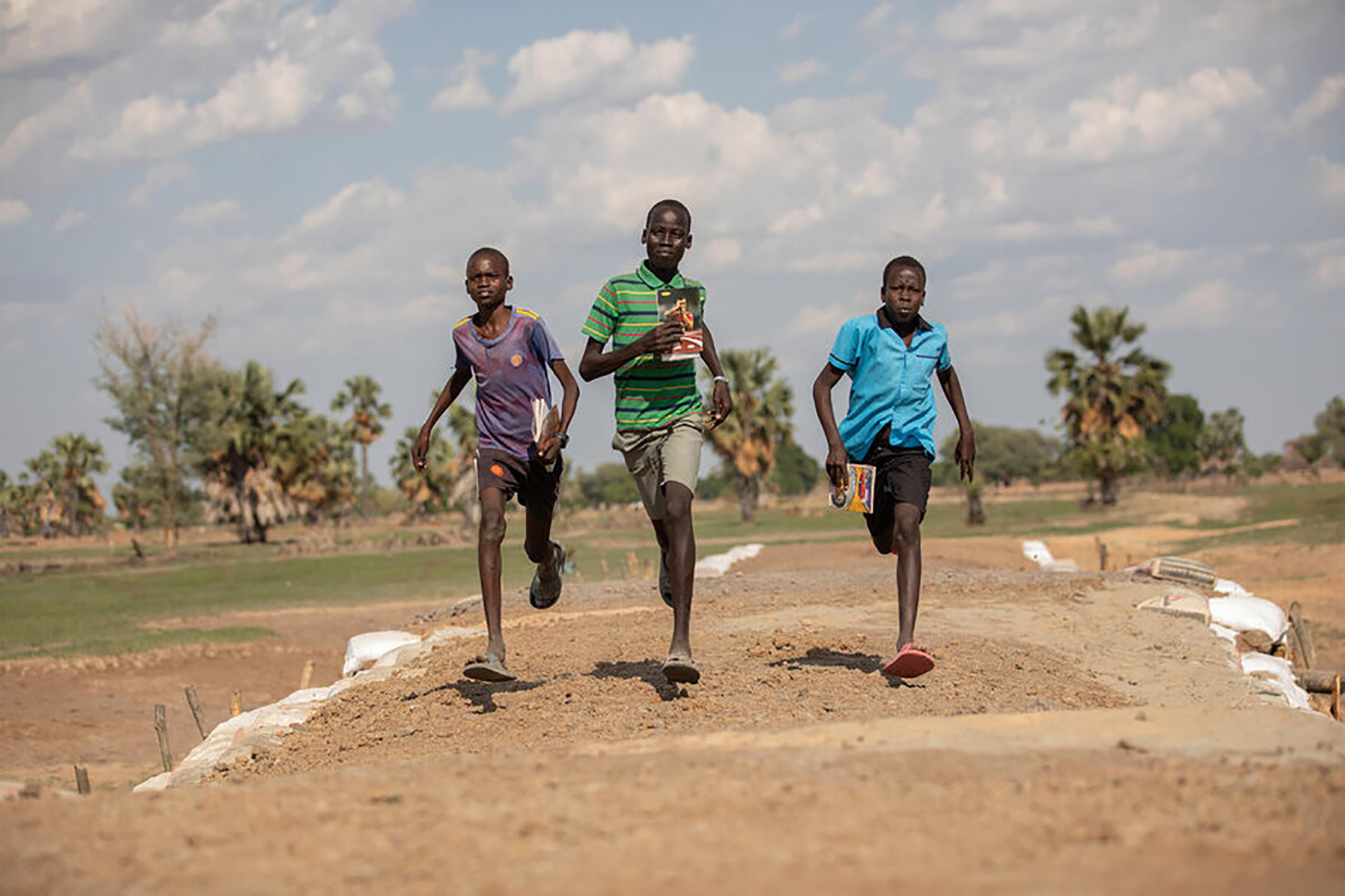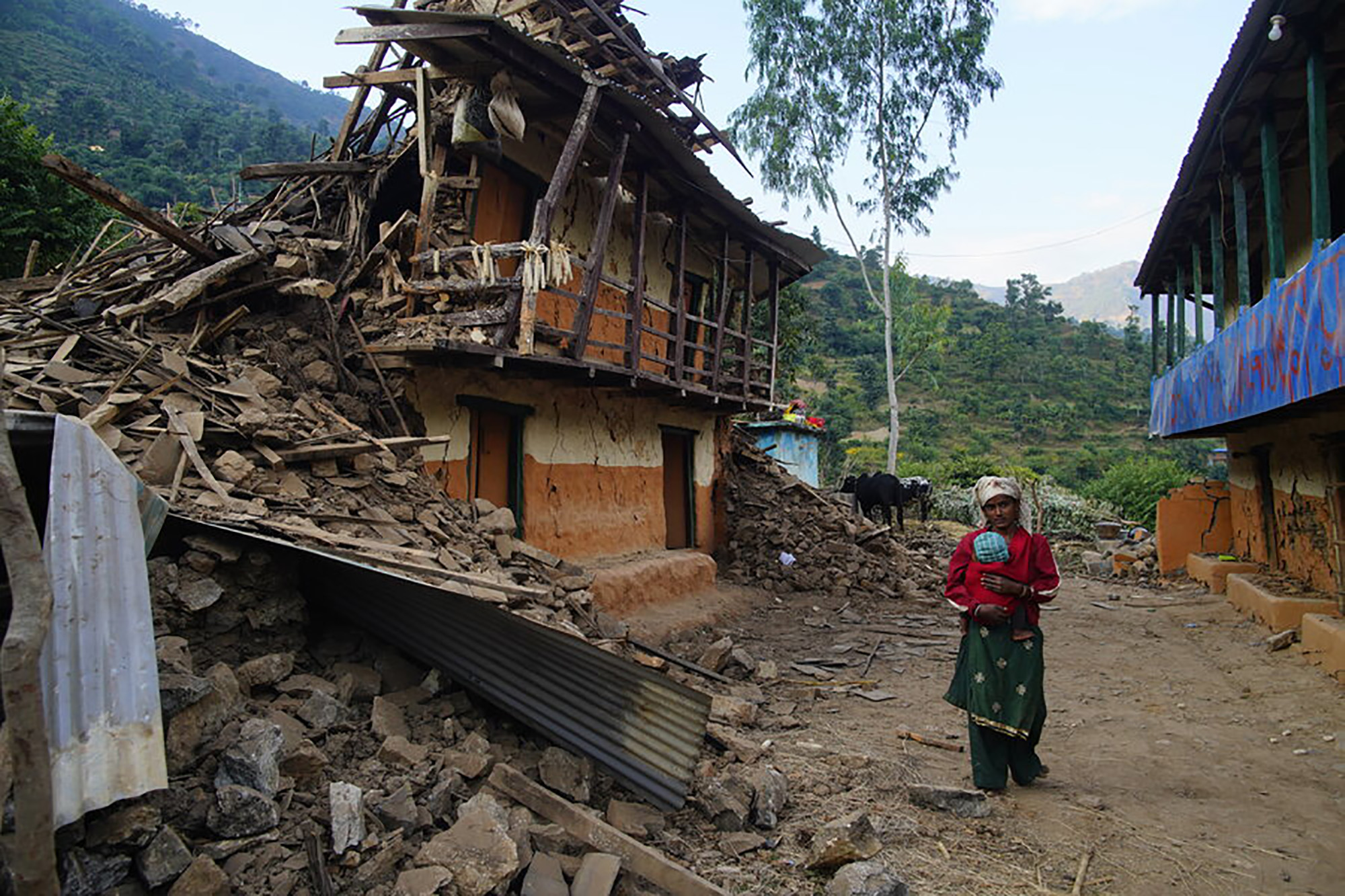The World Food Programme highlights women's vital role in climate resilience amidst heightened vulnerability and underrepresentation in decision-making.
WFP
WFP shares firsthand accounts from refugees, aid workers, and experts on the ground about the challenges and the critical assistance being provided due to the ongoing conflict in Sudan.

WFP: Food distribution paused in Gaza
Food distribution has been halted in the North of Gaza due to heightened safety and security risks to both the delivery personnel and recipients.
Awad Adam and his wife Nafisa have been on the move since war broke out in Sudan last April. Today, they are among more than 10 million people uprooted from their homes in the world's largest displacement crisis. The World Food Programme (WFP) is working with other humanitarian agencies to respond to the escalating needs. Over the past year, WFP’s assistance has reached some 6.5 million people inside Sudan, as well as many others who have fled to neighboring countries. But needs are skyrocketing. Nationwide, nearly 18 million people face extreme food insecurity. Those trapped in conflict zones face the highest levels of hunger. Reaching them is becoming almost impossible due to security threats, roadblocks and other challenges. Without unfettered access, WFP warns of a looming hunger catastrophe.
The World Food Programme's (WFP) supply chain is facing bottlenecks at the Rafah crossing in Egypt, which is hindering its efforts to assist in Gaza. The border checks on the Gaza side have created bottlenecks, causing truck drivers to wait for days on end. Only two border crossings into Gaza are open, both on the Egyptian side. The needs in Gaza are enormous, and the entire population is acutely food insecure. Over half a million people face the most extreme stage of hunger. Suzanne Fenton, head of communications for WFP's supply chain division, tells us about her experience of being part of a convoy of trucks trying to deliver food to the Gaza Strip.
The Democratic Republic of Congo, along with Afghanistan, Yemen, and Syria, is among the countries that face the biggest emergencies when it comes to food according to the World Food Programme (WFP). Decades of conflict and climate change have reduced people's access to basic foods, leading to unprecedented levels of hunger. Despite the growing humanitarian needs and the global funding crisis that the WFP is trying to manage, the tragic situation in the eastern part of DRC still receives very little attention. As the African Cup of Nations attracts all the attention, it's important to reflect on what could be possible for the children of DRC, and more broadly, the children across the Continent.
In northern South Sudan, farmer Nyandeng Noon Agany and her six children have been benefiting from a rice-growing scheme supported by the World Food Programme (WFP), which has allowed them to eat three meals a day and sell the leftover rice for income. Sorghum has traditionally been the staple food in the region, but climate change, particularly flooding, has made cultivating it difficult, pushing families towards hunger and despair. South Sudan is among the five most climate-vulnerable countries, with decreasing rainfall and flooding decimating livelihoods. The country's climate crisis has deepened its ongoing hunger crisis, with 56% of its population experiencing extreme hunger. Through its rice-growing scheme, WFP is supporting communities in improving food security, restoring livelihoods, strengthening resilience to shocks, and building self-reliance.
“Our job is to give hope and help by giving food to those who really need it most. And that's what we do.”
World Food Programme (WFP) Executive Director Cindy McCain has many pressing reasons to lie awake at night. As Head of WFP, it is her job to make sure the millions of vulnerable people around the world who are relying on UN food assistance – from Gaza to Sudan to Afghanistan – don’t starve. In this episode, recorded four weeks into the war in Gaza, Cindy McCain reflects on finding hope in desperate situations, and raising her voice for the world’s forgotten millions.
Hunger is still one of the biggest – and most solvable – problems globally, causing 783 million people around the world to go to bed on an empty stomach every night.
“[Donation gaps mean] I'm taking food from hungry people and giving it to starving people. That's a heck of a decision to have to make.”
Photo: ©WFP/JulianCiviero
In the village of Dotembougou in central Mali, Atoumata Nimaga, a mother of three, is now a local volunteer leader who teaches other village women about healthy eating. Not so long ago, Atoumata faced hunger so severe that it threatened her unborn child. With the help of the World Food Programme, she was able to receive nutritious rations during her pregnancy. She is now part of a joint programme that helps families offset the negative effects of climate shocks and humanitarian disasters. The programme aims to put more than 38,000 women at the center of the development process, giving them the knowledge and tools to address the challenges many face.
In the past year, the World Food Programme (WFP) has suffered the worst funding shortfalls in its 60-year history: we raised just US$7.5 billion of our projected costs of US$23.5 billion. This has resulted in colossal reductions in the number of people we serve. With 333 million people facing acute hunger, we were forced to cut rations outright for millions of people in countries such as Syria, the Democratic Republic of the Congo, Haiti and Yemen, pushing families deeper into hunger. The tragic irony is that many of the places where WFP operates should not only be thriving, but producing food for people in other countries. At the beginning of 2023, Matthew Hollingworth, WFP's Country Director for Ukraine, summed it up neatly: “We’re delivering food assistance in one of the most fertile countries in the world. It’s perverse." Read details on these cuts here
Hind Khoudary, bears witness to the suffering befalling Gaza and how she and others are surviving. Seven weeks of relentless bombardment has left 1.8 million people displaced and acutely hungry.
Andrew Zimmern, an award-winning American chef and World Food Programme (WFP) Goodwill Ambassador visited Gwembe Primary School in southern Zambia earlier this year to learn about sustainable growing practices. Zambia has been facing the challenge of building resilient and healthy food systems amid a deepening climate crisis. Buffeted by both floods but especially recurrent droughts, the southern African nation has seen its annual rainfall steadily decrease over the past decades — even as average temperatures are expected to soar by up to 3℃ by 2050. WFP is working with Zambian authorities and other partners to give farmers weather and climate information that can guide their choices about what and when to plant, and ways to diversify their livelihoods to better withstand climate shocks.
Putting food on the table is a challenge for millions worldwide, especially those who have to deal with the aftermath of climate disasters. Last year, the World Food Program assisted more than 15 million people in 42 countries, helping them withstand droughts, floods, storms, and other climate shocks. However, as climate impacts drove nearly 57 million people into hunger last year alone, many more people require protection. At COP28, world leaders must increase support for those affected by the worst climate disasters worldwide. This can be achieved through funding to strengthen local systems and capacities in conflict or fragile settings, enhancing loss-and-damage support, and transforming the systems that bring food to our tables.
The mud structures housing some of Nepal's poorest people never stood a chance against the earthquake that afflicted Nepal on November 4. The survivors of the 6.4 magnitude earthquake, which killed 157 people in the country, are sleeping rough after their homes were destroyed. The World Food Programme is supporting the Government of the Asian country in mobilizing relief supplies for families who find themselves suddenly without their homes and belongings.
The latest Hunger Hotspots report, elaborated jointly by two UN agencies, highlights urgent humanitarian emergencies in 18 countries at risk of food insecurity and starvation. The conflict in Israel and Palestine has drawn attention away from other countries, including Burkina Faso, Mali, South Sudan, and Sudan, which are at risk of serious deterioration in food security. The report also warns of acute food insecurity in Palestine due to the escalation in conflict and recommends a ceasefire and access to aid delivery. Conflict remains a major driver of hunger globally, with the Sahel region experiencing instability and violence, resulting in a surge of fatalities.


